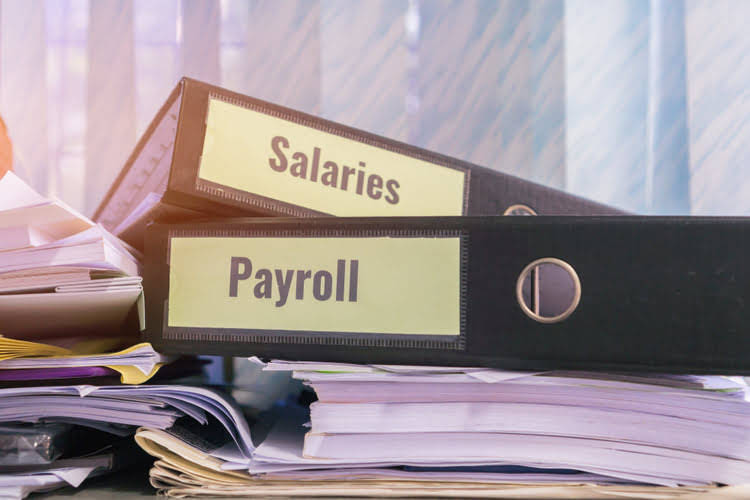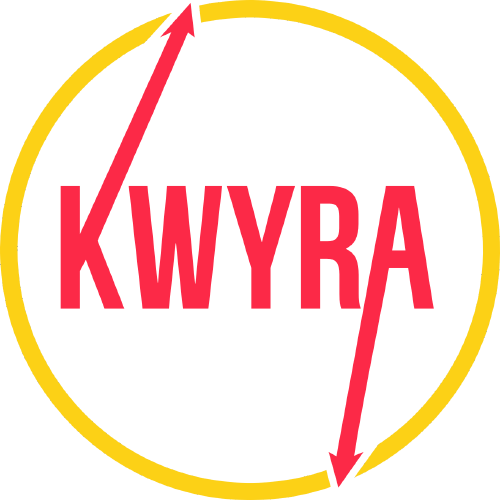
With the allowance method, allowance for doubtful accounts is recognized in the balance sheet as the contra account to receivables. This would ensure that the contra asset account company states its accounts receivable on the balance sheet at their cash realizable value. The direct write off method violates GAAP, the generally accepted accounting principles. GAAP says that all recorded revenue costs must be expensed in the same accounting period. This is called the matching principle, according to Accounting Tools. Under the direct write off method, when a small business determines an invoice is uncollectible they can debit the Bad Debts Expense account and credit Accounts Receivable immediately.
Bad Debt Expense Journal Entry
- It can also result in the Bad Debts Expense being reported on the income statement in the year after the year of the sale.
- It’s not revenue because the company has not done any work or sold anything.
- Thus, the company cannot enter credits in either the Accounts Receivable control account or the customers’ accounts receivable subsidiary ledger accounts.
- The write off amount is debited as the expense in the period approved to write off in the income statement.
- For instance, in the one-year company had made a lot of credit sales hence increasing the net income.
- We can calculate this estimates based on Sales (income statement approach) for the year or based on Accounts Receivable balance at the time of the estimate (balance sheet approach).
The direct write-off method directly deducts the bad debts from account receivables. As the name implies, once bad debts have been realized, they are recorded as an expense against the revenues. Under this method, no allowance is created, and the amount directly affects the net income. For example, the debtors’ business is bankrupt due to Covid-19 and they could not effort to pay off its debt that https://www.bookstime.com/articles/vertical-analysis is own to the company.
- If the company estimates that 2% of credit sales will be uncollectible, the current period bad debts expense is $400.
- For example, revenue and accounts receivable may be overstated in one period, while expenses are understated, only to be corrected in a later period when the bad debt is written off.
- When you heard the word ‘bad debt,’ you might wonder if there is any good debt too?
- Once you figure a dollar amount, ask yourself if that amount is the bad debt expense or the allowance.
- An accounting firm prepares a company’s financial statements as per the laws in force and hands over the Financial Statements to its directors in return for a Remuneration of $ 5,000.
- We can’t offer that (yet), but with online net terms, we’re getting much closer.
Direct write off method definition

For instance, a company experiencing a year with a substantial write-off may report lower profitability compared to a year with minimal write-offs. Such fluctuations can challenge investors and analysts who rely direct write-off method on consistent financial performance metrics. The industry in which a business operates can also influence the decision to use the direct write-off method.
The Direct Write off Method vs. the Allowance Method
When you heard the word ‘bad debt,’ you might wonder if there is any good debt too? Because all of us have a general perception that debt is a bad thing. For example, the company XYZ Ltd. decides to write off accounts receivable of Mr. Z that has a balance of USD 300.

They are account receivables having a probability of becoming uncollectible in the future. You cannot ascertain a specific invoice or specific debtor to be doubtful debt. You might allow your debtors to clear the payments for goods or services that they purchase or acquired in 15 days, 30 days, or sometimes 60 days too.
- With the allowance method, allowance for doubtful accounts is recognized in the balance sheet as the contra account to receivables.
- Likewise, the company may record bad debt expense at any time during the period.
- The Allowance Method offers a more realistic view of a company’s financial health by accounting for potential losses from uncollectible accounts.
- We must make sure to show that Joe Smith paid the amount he owed, not just the fact that the company received some cash.
- Company Alpha is in the business of manufacturing spare parts for cars in the local market.



